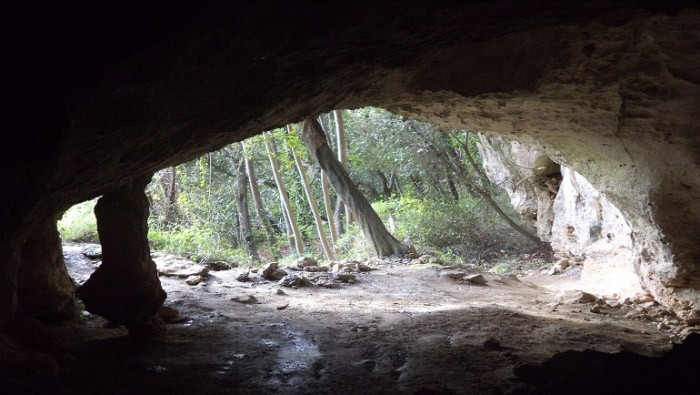Searching for the Dwellings of Our Ancestors in the Finalese Region
In the Finalese region, only some valleys are accessible by car, while others can only be reached on foot. Some, nestled within the Mediterranean scrub, are hidden, silent, and wild, despite being relatively close to the highway or internal routes, such as the one leading to Colle del Melogno.
Here, there are 360-degree opportunities for outdoor activities, thanks in part to this unique geomorphology, which becomes evident as soon as you step outside the inhabited centers that dot both the ridges and the valley floors. For example, behind the village of Boragni, you can embark on a trail that leads to Orco, a typical rural settlement located at the head of the wild Nava and Cornei valleys.
After a few metres, you’ll notice the natural peculiarities around you, with rock formations shaping the landscape. You’ll encounter cliffs, monoliths and even a sinkhole.
The ascent to cross the ridge into Val di Nava holds a surprise: the entrance to a cave. With a little care, you can descend through the short section not touched by light and emerge on the outside of the rocky vault, this time overlooking Val di Nava.
The cave is called “Arma Strapatente,” and it is the most spectacular cave in the Finalese, one of many in this area. Over millennia, water has carved numerous cavities of various sizes into the limestone rocks. Some of them were shelters for our ancestors during the Stone Age, and important archaeological artifacts have been found in many of them.
During all the excursions that take place along the itineraries between Spotorno and Borgio Verezzi, it is easy to come across one of the approximately 150 shelters frequented by prehistoric humans and imagine the Finalese landscape of 25,000 years ago. Once you exit the opposite entrance, another sunlit cave appears along the slope: the “Grotta dei Balconi,” another welcoming dwelling from the past.
The “Arma Strapatente” consists of a large tunnel, 64 metres long and with a height difference of about 10 metres, which crosses the Bastionata di Boragni, allowing a direct connection between the Nava and Sciusa valleys. Inside the cave, you can see various formations, including a large stalagmite in the middle of the gallery. Numerous niches and secondary chambers are visible on the walls. The origin of the name is also interesting: according to some interpretations, it derives from the Latin “extra patens” (meaning “opening outward” due to its shape), while according to some scholars, it comes from “trasparente” (meaning “transparent”) because it allows crossing the ridge.




